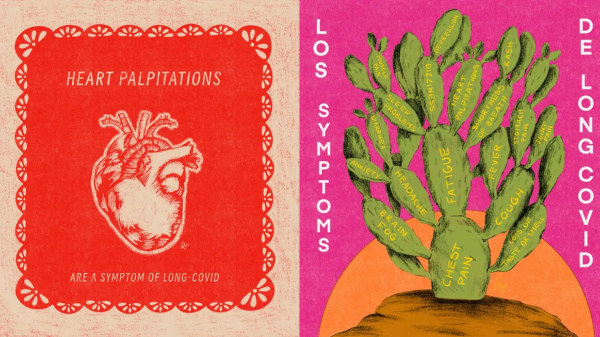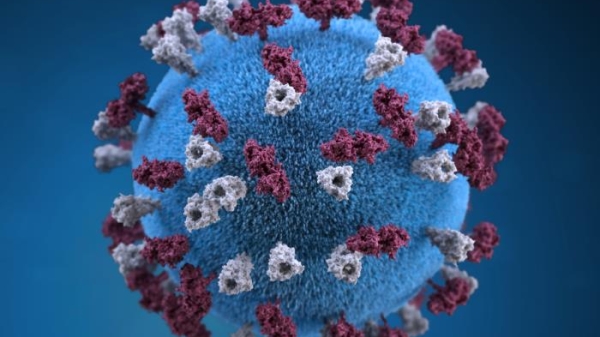As the coronavirus pandemic continues to sicken people globally, countries and companies around the world are racing to develop safe and effective vaccines. But ending the COVID-19 pandemic will also require mass immunization programs, and drugmakers will need to manufacture billions of vaccine doses to make these programs successful. The prevailing conventional wisdom is that the best way to make affordable vaccines accessible is to loosen patent restrictions and the many associated legal barriers to market entry that patents impose, boosting competition among multiple suppliers of a potential vaccine.
But what if the conventional wisdom is wrong?
A recent webinar co-sponsored by Arizona State University’s Consortium for Science, Policy and Outcomes brought together two experts to debate whether patenting a vaccine will help end the pandemic — or whether patenting a vaccine would limit vaccine access to those who can afford to pay market-rate prices.
Ken Shadlen, a professor of development studies at the London School of Economics and Political Science, argued that the most effective way to quickly mass-produce a COVID-19 vaccine may be to have patent holders organize networks of licensees and manufacturers, letting them coordinate and manage global supply chains, like giant, vertically integrated firms.
“The rapid spread of the COVID pandemic, the vast quantities of products needed, and the complexity of producing highly engineered products should raise the question of whether relaxing patents might achieve needed goals,” Shadlen said. “For vaccines in particular, the principal barriers to access will be related to their production. In such cases, the primary focus should be on promoting the transfer of knowledge and technology, an outcome that relaxing legal barriers, like patents, is unlikely to achieve.”
Beyond the production challenges associated with bringing any new drug to market, the coronavirus pandemic in particular includes a unique challenge, Shadlen said: time.
“Every month spent waiting for an effective vaccine, for example, is another month where global life is fundamentally disrupted. In exceptional circumstances, it may be that the opposite of openness and competition — licensing and partnership — are best suited to achieving wide access quickly,” Shadlen said. “In these exceptional circumstances, the usual approach of relaxing legal barriers to create openness and competition may prove insufficient, because potential competitors will struggle to replicate at scale quickly enough when left to their own devices.”
Bhaven Sampat, an associate professor in Columbia University’s department of health policy and management, argued that there is a fundamental breakdown in the current model for supporting research and commercialization in biomedical research and pharmaceutical innovation.
“COVID-19 has exposed the fault lines in the model for publicly funded research,” Sampat said. “Several of the most promising treatments and vaccine candidates were developed in part through government funding, yet the private companies now licensed to develop them will have free rein on how much to charge. If prices aren’t kept under control, COVID-19 treatments could end up being limited to those who can pay.”
Operation Warp Speed, a federal program aimed at developing an effective vaccine and manufacturing enough doses for all 300 million Americans by early 2021, has already pledged billions of dollars to companies who are developing promising vaccine candidates. While some pharmaceutical companies that are part of Operation Warp Speed have pledged that that they would produce millions of doses of their vaccines at low or no profit, some companies that have declined federal funding have said that they intend to price their product based on market demand. According to the New York Times “Coronavirus Vaccine Tracker,” 40 vaccines are currently in clinical trials on humans, and at least 92 preclinical vaccines are under active investigation in animals.
“The question, ‘Should we allow patents on COVID vaccines?’ comes down to, at least for me as an economist, whether the ‘oomph’ that patents give to innovation incentives outweigh the detrimental effects that they may have on access,” Sampat said.
“We still clearly have a lot of work to do,” said moderator Robert Cook-Deegan, a professor in the School for the Future of Innovation in Society. “And we really don’t understand how this incredibly powerful machine works. Wouldn’t it be nice?”
Top photo courtesy of Pixabay
More Health and medicine

Health communication program brings long COVID awareness to Latinos
After COVID-19 hit the Latino community especially hard, Gilberto Lopez created COVIDLatino, a health communication program designed to share accurate, timely, evidence-based and culturally tailored…

Gates Foundation to fund research on antibiotic resistance
Antibiotic resistance, what happens when germs develop the ability to defeat the drugs designed to kill them, is a growing concern among scientists today. When bacteria become resistant to…

ASU epidemiologist on the rise in US measles cases
The Centers for Disease Control and Prevention issued an alert this month about a rise in measles cases worldwide. And as of March 21, a total of 64 measles cases were reported in 17 states,…
